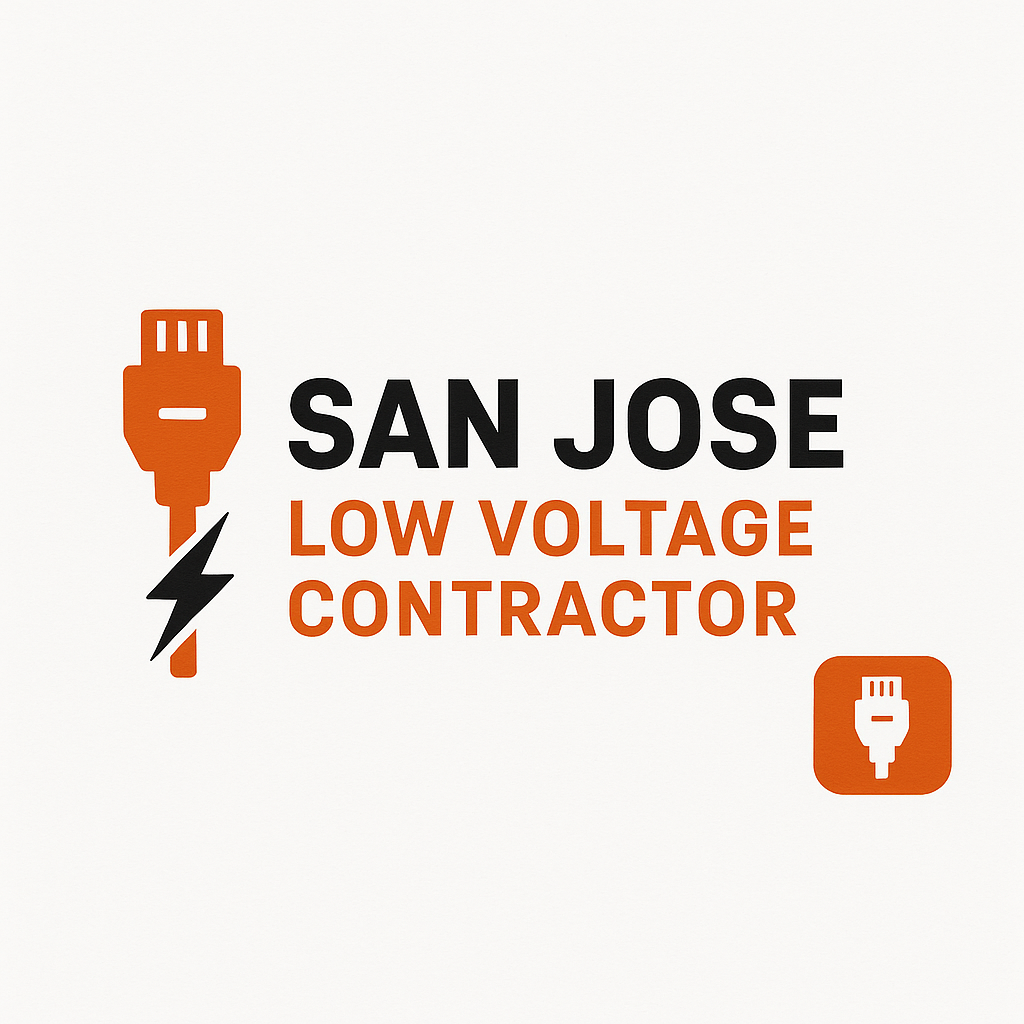Voice and Data Cabling in San Jose: What You Need to Know
In a modern business environment, reliable voice and data cabling is foundational. In San Jose, where technology and business converge, understanding cabling standards, design choices, and best practices is critical. This blog provides an in-depth look into voice and data cabling considerations specific to the San Jose area—its climate, building stock, and commercial demands.
1. What Is Voice and Data Cabling?
Voice and data cabling refers to the structured wiring system that carries voice signals (telephone, VoIP) and data signals (Ethernet, fiber, etc.) within buildings or across campus networks. It includes copper twisted pair wiring (e.g. Cat5e, Cat6, Cat6a), fiber optics, patch panels, connectors, jacks, cable pathways (raceways, conduits, trays), and termination hardware.
Such cabling supports internal communications, internet access, security systems, building automation, and more.
2. Why San Jose’s Environment Matters in Cabling Design
2.1 Temperature and Humidity Considerations
San Jose experiences warm summers and mild winters. Humidity levels are not extreme, but seasonal temperature changes mean that cable bundles, conduits, and pathways must account for expansion, contraction, and ventilation to avoid overheating and signal degradation.
2.2 Seismic and Structural Factors
As part of Northern California, San Jose buildings often must meet seismic and structural standards. Cabling systems need to be secured and strain-relieved properly to avoid damage in case of tremors. Flexible conduits, seismic bracing, and proper slack loops are part of resilient design.
2.3 Building Types and Retrofit Challenges
San Jose hosts a mix of older commercial buildings, tech campuses, modern office towers, and mixed-use spaces. Many projects involve retrofits—routing cabling through existing ceilings, walls, and floors. Understanding existing infrastructure (plenum airspaces, firewalls, asbestos, etc.) is essential when planning pathways and cable routing.
3. Cabling Standards and Best Practices
3.1 Cabling Categories
- Cat5e – Still found in many legacy systems; supports up to 1 Gbps in short runs.
- Cat6 – Common for new installations; handles 1 Gbps reliably and 10 Gbps up to ~55 m.
- Cat6a / Cat7 – Better suited for full 10 Gbps at longer distances.
- Fiber optics – Used for backbone links, high-speed interbuilding runs, or where electromagnetic immunity is needed.
3.2 Structured Cabling Principles
- Horizontal cabling between telecommunications rooms and work areas.
- Backbone cabling linking equipment rooms, floors, or separate buildings.
- Consolidation points in large open areas to manage cable lengths.
- Patch panels and labeling for organization and future changes.
- Service loops/slack so future moves are easier without re-cabling.
3.3 Cable Pathway Design
- Conduits, trays, ladder racks, underfloor systems – choosing based on building layout.
- Segregation rules – separate power and data cables to reduce interference.
- Firestopping and plenum ratings – use plenum-rated cable or firestop systems where required by building codes.
- Ventilation and temperature control – avoid overcrowding bundles, leave space for airflow.
3.4 Testing and Certification
Every cable run should be tested and certified for performance (insertion loss, crosstalk, return loss, etc.). Test results provide documentation for acceptance and troubleshooting.
3.5 Grounding and Bonding
Proper grounding is crucial, especially for shielded cables or in environments with interference. Grounding ensures safety and signal integrity.
4. Common Installation Scenarios in San Jose
4.1 Office Fit-Outs
In tech companies and startups, open offices with dense workstation clusters require careful distribution of cables under raised floors or overhead systems. Design must anticipate growth and modular reconfiguration.
4.2 Data Centers and Server Rooms
High rack densities, cooling requirements, and fiber backbones dominate. Redundancy, structured pathways, and cable management are critical to maintain uptime.
4.3 Multi-Tenant Buildings
Shared risers and common equipment spaces are typical. Coordination with building management, adherence to riser rules, and partitioning responsibilities among tenants are essential.
4.4 Campus or Inter-building Links
Fiber is commonly used for interbuilding runs across utility corridors. Pathway design must consider distance, conduit sizing, and future expansion capacity.
5. Cost Factors and Budget Considerations
5.1 Materials
Higher category cables and fiber cost more. Connectors, patch panels, racks, and pathway infrastructure add to materials cost.
5.2 Labor and Complexity
Retrofitting in existing spaces can be labor intensive. Access constraints, wall or ceiling demolition, pull distance, and pathway modifications increase labor costs.
5.3 Testing and Certification
Quality assurance testing incurs additional expenses. Documentation adds to the project scope.
5.4 Redundancy and Future Readiness
Designing for growth often means extra pathway capacity, spare fibers, or higher category cables, which raise upfront cost but save in future upgrades.
6. Common Mistakes and How to Avoid Them
- Overcrowding of cable bundles leading to excessive heat and signal degradation
- Poor labeling or no documentation, making future changes error prone
- Inadequate slack or service loops, making moves or additions difficult
- Mixing data and high-voltage power lines too closely
- Ignoring building codes (firestop, plenum rating, seismic anchoring)
- Skipping proper testing and certification
Mitigations include following standards, clearly labeling, leaving service loops, strategic pathway planning, and rigorous testing.
7. Technology Trends Relevant to San Jose
- Higher speed demands – as 25G, 40G, and 100G become common in enterprise, infrastructure must scale
- Convergence of systems – voice, data, security, and IoT over unified cabling
- Emerging wireless and fiber hybrid solutions – for flexible builds
- Smart buildings and automation – more sensors, controls, and cabling for building management systems
Designing systems flexible enough to adapt to these trends is crucial in San Jose’s fast-evolving tech ecosystem.
Conclusion
Voice and data cabling is much more than running wires—it’s about designing resilient, scalable systems that support a growing and technology-intensive city like San Jose. Proper standards, foresight, testing, and adaptability are key. Investing in solid structured cabling upfront reduces downtime, simplifies expansions, and supports future networking demands.
